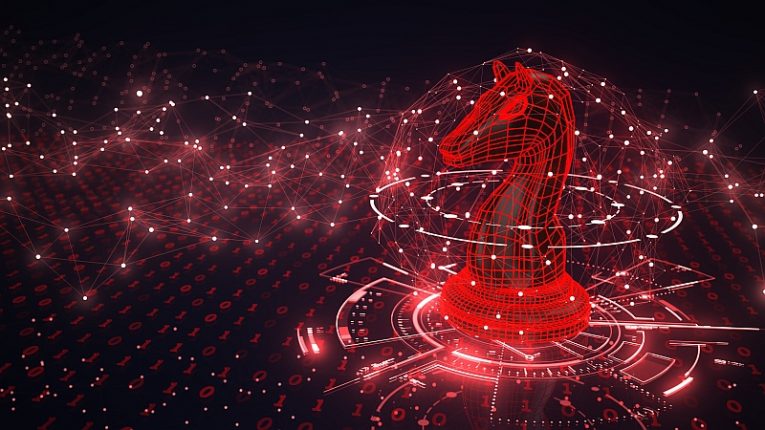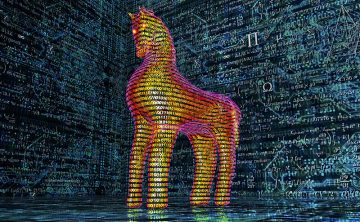Atrioc Trojan Malware

The Atrioc Virus App is a Trojan that silently enters systems, employing advanced techniques to acquire sensitive data. It evades standard security measures, discreetly gathering personal information and login credentials.
If you have identified any indications of this harmful program on your device, it is essential to promptly run an anti-malware tool to eliminate the Trojan.
Trojans can vary widely in their capabilities and their malicious potential, but even the simple possibility of daat exfiltration and identity theft after an infection are reason enough to be very careful.
How Does a Trojan Usually Infiltrate a System?
Trojans typically infiltrate systems through various deceptive and covert methods. Here are some common ways in which Trojans gain access to systems:
Email Attachments and Links: Cybercriminals often distribute Trojans through phishing emails. These emails may contain malicious attachments or links that, when opened or clicked, initiate the download and installation of the Trojan.
Malicious Websites: Visiting compromised or malicious websites can expose a user to drive-by downloads. In these cases, the Trojan is automatically downloaded and executed without the user's knowledge or consent.
Software Downloads: Trojans may be bundled with seemingly legitimate software or files available for download on the internet. Users unknowingly install the Trojan while installing the desired program.
Fake Software Updates: Cybercriminals may disguise Trojans as fake software updates, exploiting users who believe they are installing legitimate updates for their
operating system or applications.
If Trojans Are Hard to Detect, How Can You Tell Your System is Infected?
Detecting a Trojan can be challenging because Trojans are designed to operate stealthily, often without showing obvious signs of infection. However, there are several indicators that may suggest your system is compromised by a Trojan. Here are some common signs of a Trojan infection:
Unusual System Behavior:
Sluggish performance: If your system suddenly becomes slow and unresponsive, it could be a sign of a Trojan consuming system resources.
Frequent crashes or freezes: Trojans may cause instability in your system, leading to frequent crashes or freezes.
Unauthorized Access or Activities:
Unusual network traffic: An increase in network activity, especially during idle times, may indicate unauthorized communication initiated by a Trojan.
Suspicious logins: If you notice unauthorized access or logins to your accounts, it could be a sign of a Trojan stealing login credentials.
Changes in System Settings:
Modified or disabled security software: Trojans often attempt to disable or alter security software to avoid detection.
Altered system settings: Changes to system settings, especially those related to security configurations, may indicate a Trojan presence.
Unwanted Pop-ups or Advertisements:
Unexpected pop-ups or intrusive advertisements may be a symptom of adware delivered by a Trojan.
Unexpected Files or Programs:
New and unfamiliar files or programs appearing on your system without your knowledge could be indicative of a Trojan installation.







